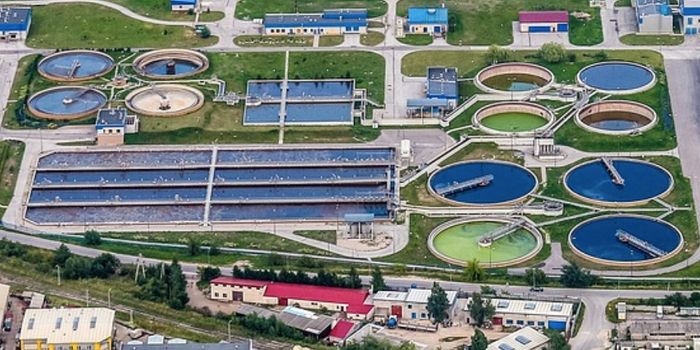Who doesn't like the sight of a fat, fuzzy bumblebee, zipping along the flowers, making sure they all get pollinated?

While the physics of how they can possibly fly are confusing given their weight and their tiny wings, bumblebees get around and it's a good thing because they are vital to so many crops and ecological systems.
Recently released research lead by ETH Zurich tells us much more than previously known about these busy environmental workers, including facts about their evolution, the genomic make up of certain species and even some information about their counterpart, the honeybee.
While their contribution to the environment is obvious, especially when spring flowers bloom, bumblebees are also important for economic reasons. Despite the existence of about 250 different species of bumblebees globally, in some areas they are on the decline. As a result, they are now bred in great numbers because they are so important to the success of some crops.
Honeybees have also declined steadily and this has had a significant impact economically, however the bumblebee species has been reduced as well. Scientists report some species going completely extinct and others becoming very hard to find. Things are getting tough n the bee world.
This decline was the impetus for two researchers Seth Barribeau and Ben Sadd formerly of ETH and Professor Paul Schmid-Hempel, from the Experimental Ecology Group to start a bumblebee genome project in 2007. The group's goal was to map the genomes of two species of bumblebee, the European Buff-tailed, or bombus terrestris, and the American species, the Common Eastern Bumblebee, Bombus impatiens.
The team hoped that the analysis of the bee's genetic make up could yield valuable insights into the evolution of the two species as well as biological and ecological information.
Barribeau, Sadd and dozens of other scientists around the globe focused on the genes of the immune system specifically. Specialists involved in the study included ecologists, bioinformaticians, geneticists and evolutionary biologists. For comparison purposes the team looked at the already-mapped genomes of other insects like the parasitoid wasp Nasonia, the honeybee and the fruit fly, Drosophila melanogaster.
Not surprisingly the two bumblebee genomes both contain about 20,000 different genes on 18 chromosomes and resemble each other closely. Compared to the other insects however, only a tiny portion of the genes of the bees relate to the immune system. In an article written by Peter Ruegg, Schmid-Hempel stated that he was puzzled about the relationship between immune defense and social organization.
According to Shmid-Hempel, researchers have always assumed that the highly social honeybees don't have many genes devoted to immune response because the social organization aids in that. Bumblebees, with their almost non-existent social order would therefore need more genes for immunity, but this was not the case. The bumblebees had just as few as their honeybee counterparts.
In addition the team found that there were other factors that could be causing the decline of the species, for instance the ability to detoxify their bodies. Very few genes on the bumblebees perform this function making them extremely susceptible to toxins like pesticides and pollution.
Honeybees and bumblebees also differed in the senses of taste and smell. Honeybees rely more on smell and bumblebees on taste and in both species this affects how they communicate to other bees.
"This fundamental difference in the way these two bees live is clearly reflected in their genes," explains Schmid-Hempel.
Finally, considering how much more social honeybees are compared to bumblebees, in both insects there were very few genes that controlled social organization and behavior.
The results of the project are published in the journal Genome Biology.
(Source: ETH Zurich, Science Daily)









